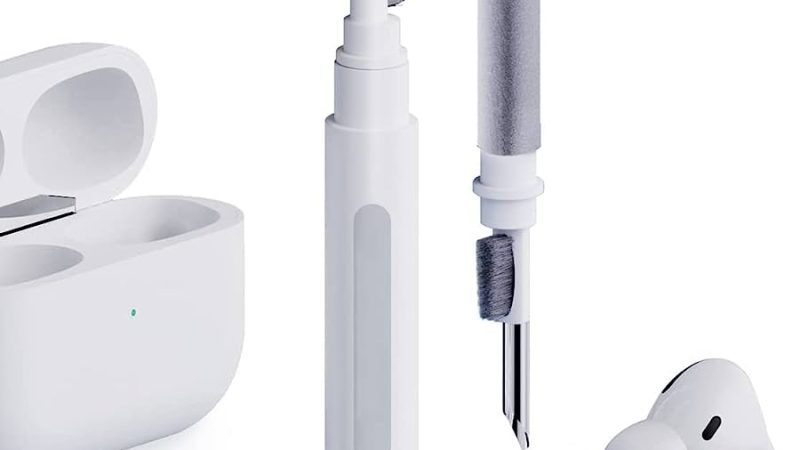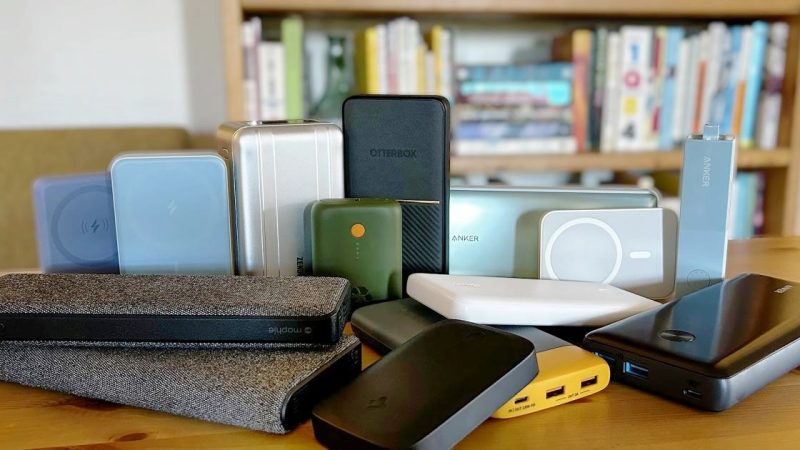Everything You Need To Know About Creating & Launching An Audio Streaming Platform
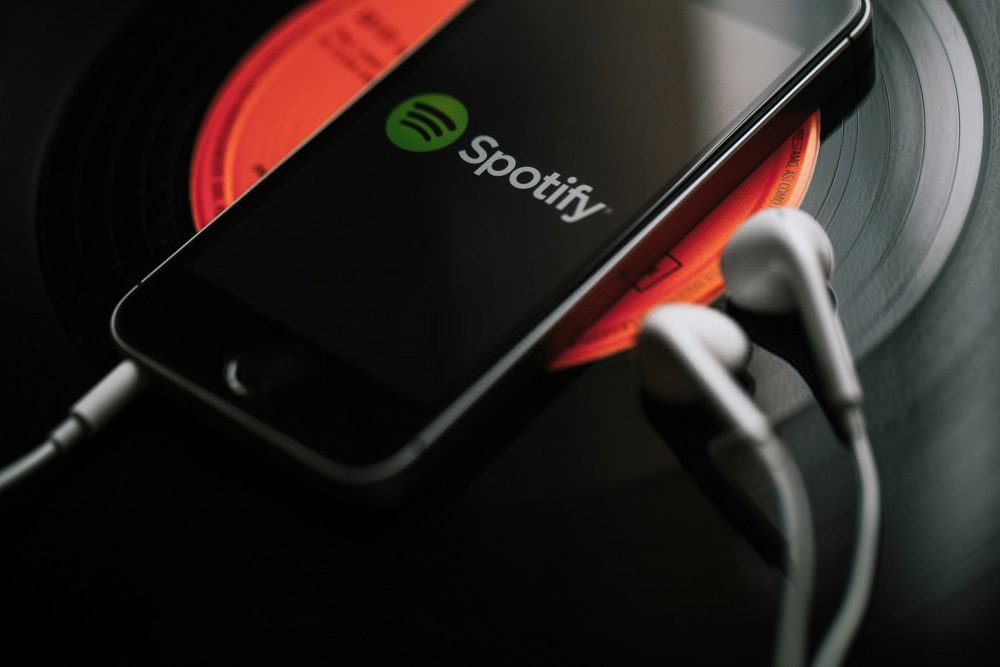
The internet is an integral part of people’s lives. Education and entertainment are the most consumed content on the internet by professionals and non-professionals alike. The public is used to streaming audio while driving or carrying out other mundane tasks that do not require thinking. Podcasts, radio, music, live sports commentary, and talk shows are the most commonly streamed on audio platforms.
Out of these, music has the highest number of users. Globally, there are 487 million subscribers to online music streaming platforms in 2021. Spotify takes a large piece of the pie with 32%, followed by Apple Music at 16% and Amazon Music at 13%. In this article, we are going to discuss how to create and launch your audio streaming platform.
Comparison of live audio streaming and on-demand audio streaming
Live audio streaming services involve streaming audio content in real-time. In simple words, the audio content is broadcasted during its recording process. Users who have access to the audio streaming platform can listen to the live audio broadcast from anywhere in the world.
On-demand audio broadcast is pre-recorded audio content that is uploaded on the streaming platform. Users can listen to it anytime and can pause, stop or rewind at any time.
Advantages of live audio streaming
- Events can be live-streamed to engage with audiences across the globe
- Podcasts, music, and advertisements can be played on linear stream 24/7
Advantages of on-demand audio streaming
- Users can listen to the pre-recorded audios at any time and for any number of times. This increases user engagement.
- Users have multiple options to choose from at any time, this increases user retention.
Classification of audio streaming services
The first step to creating an audio streaming platform is to decide on the kind of service you would like to offer. There are three classifications:
- Music and podcast streaming platforms
Music and podcasts are sought-after streaming services; hence it is the most commonly offered service. As a platform, you provide a library of pre-recorded audios to stream. It could be a free platform to which you can monetize with ads or a paid platform to which the users have to subscribe by paying a monthly fee.
- Radio
You can create an audio streaming platform with multiple radio stations. Providers your users the option to choose by language, geography, genre, etc.
- Platforms of distribution
After creating your audio streaming platform, you can list it on different platforms for distribution. You can build branded applications for Android, iOS, ROKU app, Apple TV, Android TV, Amazon FireTV, and LG TV after analyzing the platforms that are mostly used by your target audience.
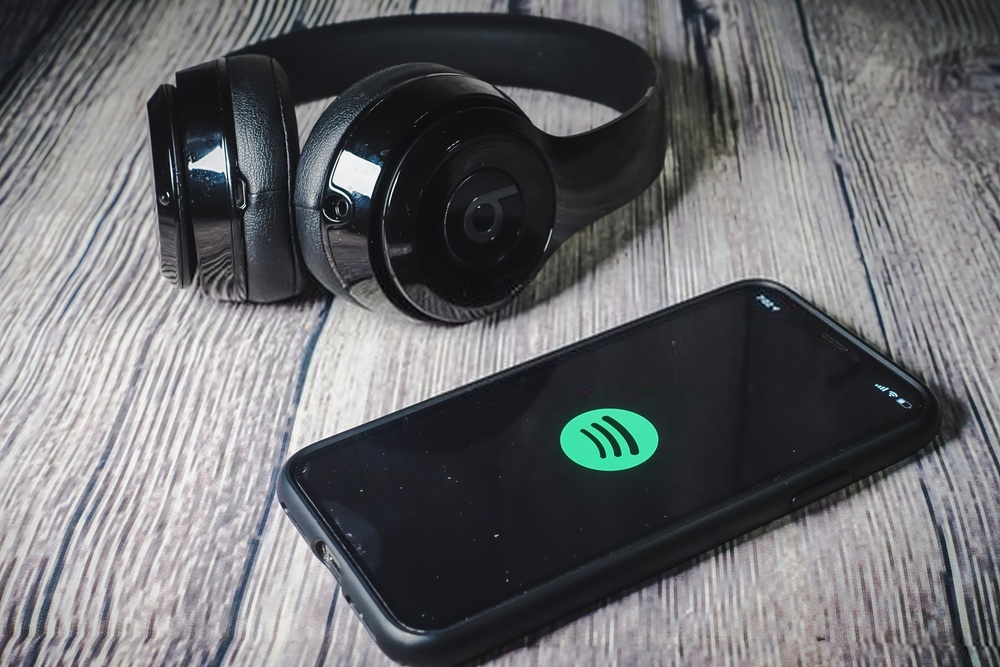
Workflow of a live audio streaming platform
- Audio source
The source of audio is pre-recorded audio content for on-demand audio streaming and live audio for live audio streaming.
- Encoder
To increase the speed of streaming the audio content, use a hardware or software encoder to compress the audio files.
- Server
After encoding the audio file, transport it to a media server for transcoding it for adaptive bitrate delivery. Use cloud streaming service to repackage it to deliver to multiple devices.
- Means of delivery
Use a content delivery network (CDN) to distribute your audio content globally. You can partner with any CDN provider.
- Audience
This is the last stage where your online audio content will be delivered to your users through your audio streaming platform.
5 steps to create an audio streaming platform
If you are wondering how to create an audio streaming platform, these are the five simple steps that you need to follow:
Step 1 – Choose the devices
Users access the internet from multiple devices – mobile, laptop, iPhone, iPad, Tablet, Television. You have to decide the platforms on which your users are most active and build an audio streaming app and website for those.
Step 2 – Select the design and template
You can set up features, design, monetization strategies when you build your audio streaming platform. You can also decide which monetization strategies you want to implement on your platform. Customize your platform as per your brand.
Step 3 – Upload audio content
Upload all the audio content that you want your users to access on your platform. Create playlists and group content based on artist, category, genre, language, album, geography for ease of access.
Step 4 – Decide monetization plan
You can decide the monetization plan that you want to implement on your platform. It could be pay-per-view, ads, or subscriptions.
Step 5 – Launch your platform
Your audio streaming platform is now ready to be accessed by users. Launch your platform.
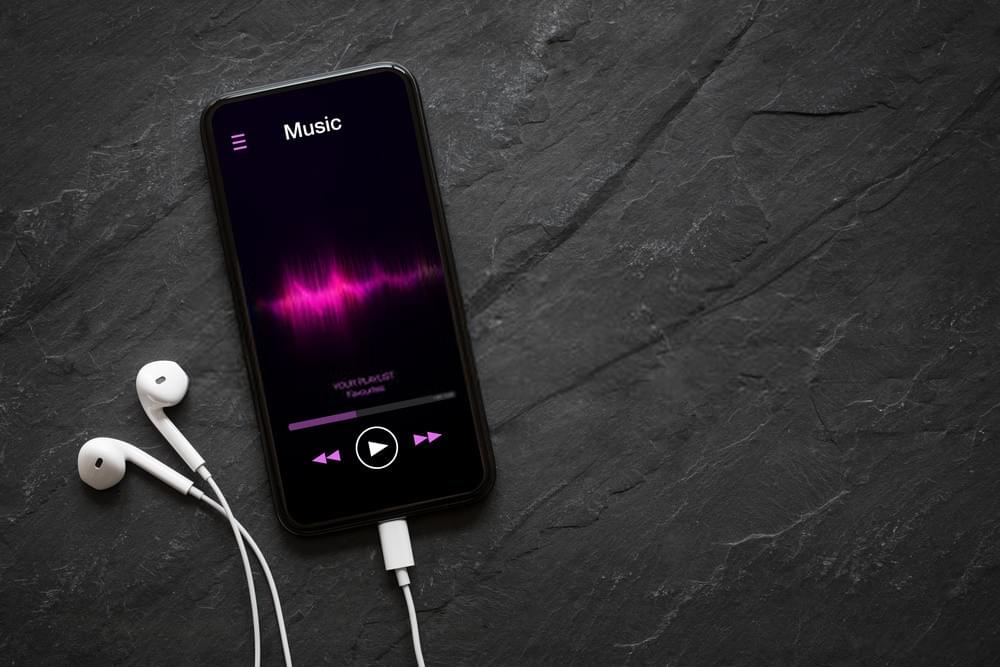
Monetization strategies for an audio streaming platform
To monetize your audio streaming service there are 5 types.
- Advertisements
This is widely used as users prefer a subscription-free audio streaming platform. Ads can be placed either while the user is playing an audio file or after the completion of playing an audio file.
- Subscriptions
Users who want an ad-free experience will be willing to pay for a premium audio streaming platform. You could offer monthly, quarterly and annual packages for unlimited access to audio content that is free of any advertisement.
- Pay-per-view
Users who want to listen to a particular audio file multiple times can pay per audio file. In this, the user is given access to the audio file for a specified time.
- In-stream ads
Only one audio track can be played at a time in one user account. Audio/video ad is played within the audio track that captures the attention of the listener.
- Server-side ad
This is also termed dynamic ad insertion and ad stitching. The advertisement is delivered to the listener along with the audio file that the listener selects to play.
Conclusion
With work from home becoming the norm around the globe, people are resorting to virtual entertainment. A device and a good internet connection are all one needs to access an audio streaming platform. This is the right time to take the plunge and build an audio streaming platform that caters to a global audience.




